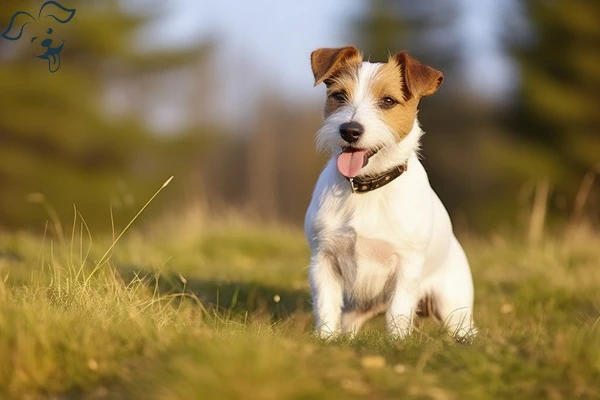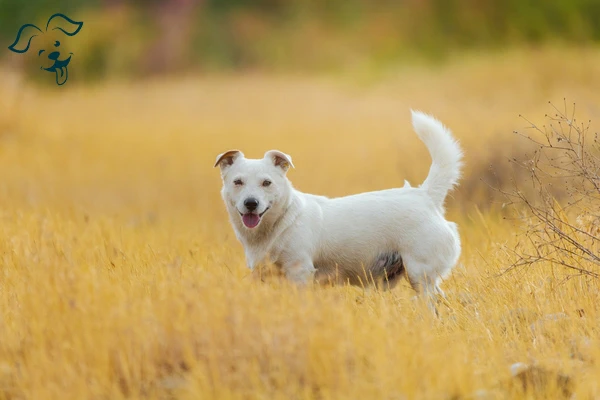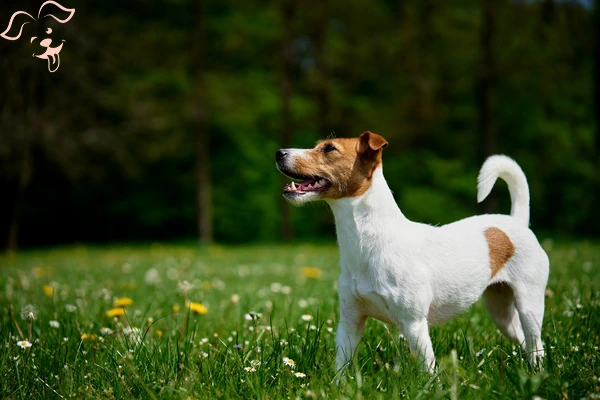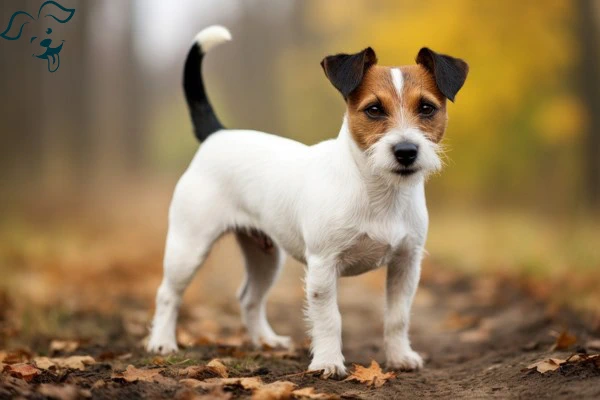CARING WITH FAMILY
|
| The level of affection a breed displays towards its family members or other individuals it is well-acquainted with can vary. Certain breeds may exhibit aloofness towards everyone except their owner, while others treat all those they know as their closest friends. |
LOVE WITH CHILDREN
Unwise
Good With Children
|
| The level of tolerance and patience a breed exhibits towards children's behavior along with its overall family-friendly nature is a significant aspect to consider. It is important to emphasize that dogs should always be supervised in the presence of young children or those who may have limited exposure to dogs, regardless of the breed's tendencies. |
BEHAVIOR WITH DOGS
Unwise
Good With Other Dogs
|
| When considering the general friendliness of a breed towards other dogs, it is crucial to always supervise and carefully manage their interactions and introductions. However, it is worth noting that certain breeds possess inherent tendencies that make them more inclined to get along with other dogs, whether it be in a domestic or public setting. |
SHEDDING LEVELS & MANAGEMENT
No Shedding
Hair Everywhere
|
| The amount of fur and hair a breed tends to leave behind is an important factor to consider. Breeds with high shedding tendencies will require more frequent brushing to manage their shedding and may also be more likely to trigger allergies in certain individuals. Additionally, these breeds may necessitate more consistent vacuuming and lint-rolling to keep the environment clean and free from excessive hair. |
COAT GROOMING STANDARDS
|
| The frequency of bathing, brushing, trimming, and other forms of coat maintenance varies among different breeds. It is crucial to consider the amount of time, patience and budget you can allocate for this type of care when evaluating the grooming requirements. It's worth noting that all breeds require regular nail trimming as part of their grooming routine. |
DROOLING INTENSITY
Less Likely to Drool
Always Have a Towel
|
| The tendency of a breed to drool should be taken into consideration. If you prefer cleanliness and are particular about avoiding ropes of slobber on your arm or large wet spots on your clothes, then breeds that have a propensity to drool may not be the most suitable choice for you. |
COAT STYLES GUIDE |
| Wiry, Smooth |
| COAT SPECTRUM |
| Short |
FRIENDLINESS
Reserved
Everyone Is My Best Friend
|
| The breed's level of welcoming behavior towards strangers should be considered. Certain breeds tend to be reserved or cautious around all strangers, regardless of the setting. On the other hand, some breeds exhibit a joyful eagerness to meet and engage with new individuals whenever the opportunity arises. |
LIVELINESS
Only When You Want To Play
Non-Stop
|
| The level of enthusiasm a breed exhibits towards play, even beyond puppyhood is an important consideration. Certain breeds will continue to have a strong desire to engage in activities like tug-of-war or fetch well into their adult years. Conversely, there are breeds that are content with spending most of their time relaxing on the couch with their human companions. Understanding a breed's playfulness is essential when choosing a suitable companion for your lifestyle. |
VIGILANCE INTENSITY
What's Mine Is Yours
Vigilant
|
| Regarding a breed's inclination to alert you about the presence of strangers, it is important to note that certain breeds are more prone to reacting to potential threats be it the mailman or a squirrel outside the window. These breeds are likely to display an alert and vigilant nature. However, it is also worth mentioning that such breeds can warm up to strangers who enter the house provided they are accepted by the family. |
ADAPTATION CAPACITY
Lives For Routine
Highly Adaptable
|
| The adaptability of a breed in handling changes is a significant factor to consider. This encompasses the breed's ability to adjust to variations in living conditions, noise levels, weather conditions, daily schedules and other day-to-day alterations. Some breeds are more flexible and can easily adapt to these changes, while others may find it more challenging. Assessing a breed's adaptability is crucial when seeking a canine companion that can seamlessly adjust to different circumstances and environments. |
OBEDIENCE LEVEL
Self-Willed
Eager to Please
|
| The ease of training and willingness to learn new things are important to consider when selecting a breed. Some breeds naturally possess a strong desire to please their owners and are highly trainable going above and beyond to make their owners proud. Conversely, there are breeds that have an independent streak and may exhibit a preference for doing what they want, when they want and wherever they want. Understanding a breed's inclination towards training and their overall willingness to learn is crucial for successful and effective training endeavors. |
STAMINA LEVEL
|
| The exercise and mental stimulation criteria specific breeds need. Breeds characterized as high energy continually exude preparedness and a strong desire for their subsequent exciting expedition. Their day primarily revolves around activities such as running, jumping and engaging in playful endeavors. Conversely, low-energy breeds emulate couch potatoes finding contentment in lounging and indulging in serene slumber. |
VOCALIZATION
|
| Likes To Be Vocal |
LEARNING CURIOSITY LEVEL
Happy to Lounge
Needs a Job or Activity
|
| The mental stimulation required for a breed to maintain its well-being and contentment is crucial to consider. Purpose-bred dogs often possess specific jobs that demand decision-making, problem-solving, concentration or other cognitive abilities. Without adequate mental exercise, these dogs may resort to creating their own activities to keep their minds occupied. Unfortunately, these self-created projects may not align with what you'd prefer. Hence, providing appropriate mental challenges and stimulation for your canine companion is vital to promote their overall happiness and prevent unwanted behaviors. |
| COLORS |
|
Description
|
Registration Code
|
|
White
|
199
|
|
| PATTERNS |
|
Description
|
Registration Code
|
|
Black Markings
|
002
|
|
Brown Markings
|
022
|
|
Cream Markings
|
044
|
|
Tan Markings
|
012
|
|
Tri Color Markings
|
024
|
|






























FRIENDLINESS
LIVELINESS
VIGILANCE INTENSITY
ADAPTATION CAPACITY